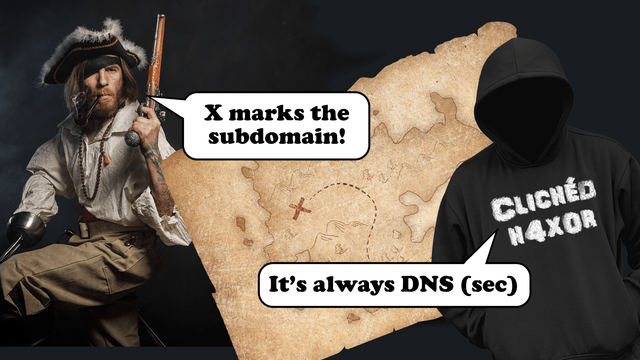Did you know your DNS security could accidentally leak your entire subdomain structure? Enter DNSSEC with NSEC/NSEC3 records, which is great for ensuring integrity and authentication but can also be a sneaky way for attackers to ‘zone walk’ and enumerate your domains...
Darrell Hall breaks it down in our latest blog post: https://www.pentestpartners.com/security-blog/dnssec-nsec-the-accidental-treasure-map-to-your-subdomains/
What's covered:
• How NSEC/NSEC3 can inadvertently expose DNS data
• The difference between zone transfers and zone walking
• How to crack NSEC3 records (and why you should care)
• Real-world examples and mitigation strategies
#DNSSEC #CyberSecurity #Infosec #DNS #NSEC #NSEC3 #ZoneWalking #ThreatIntel
